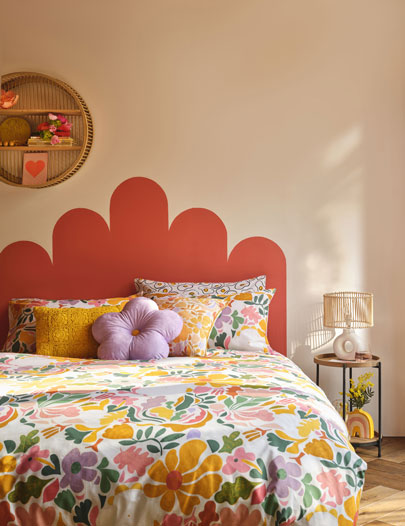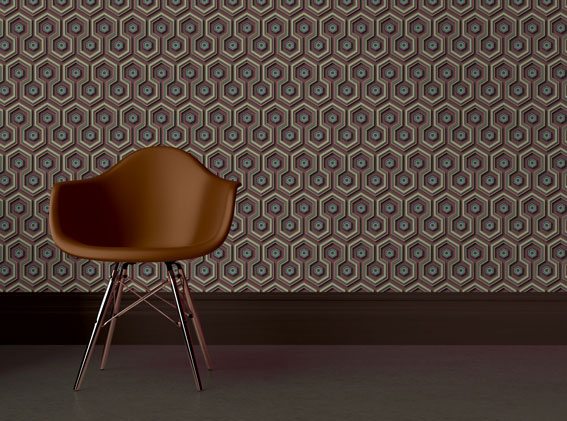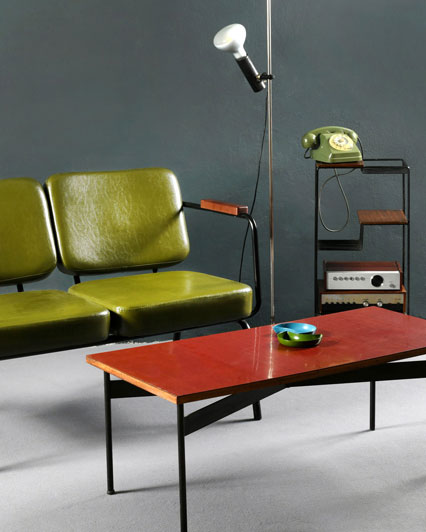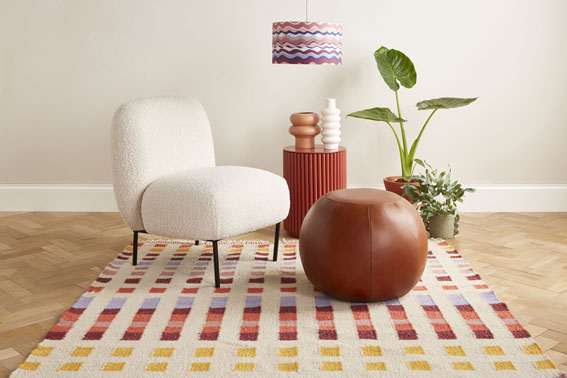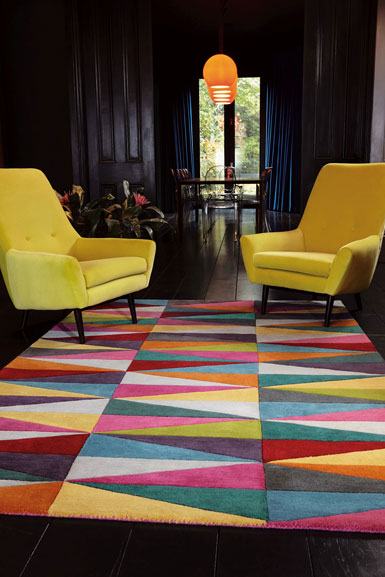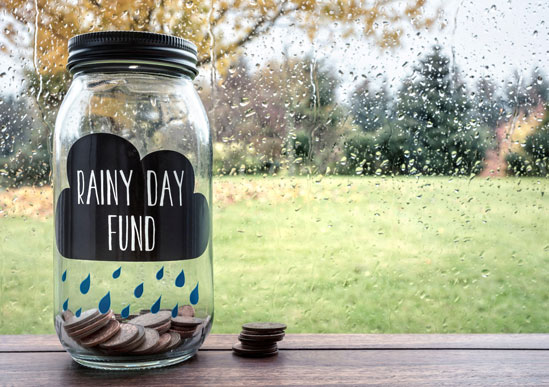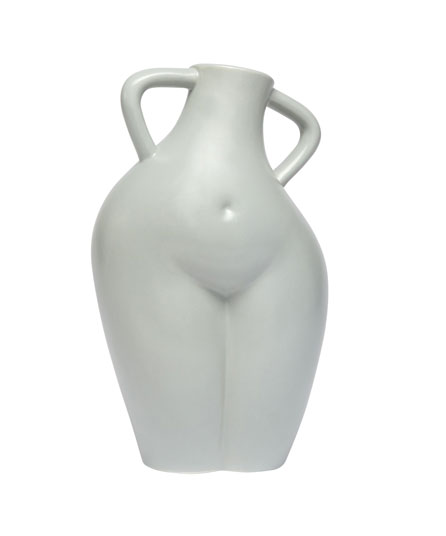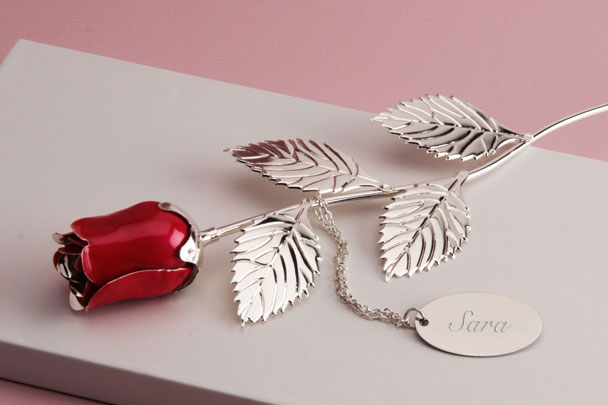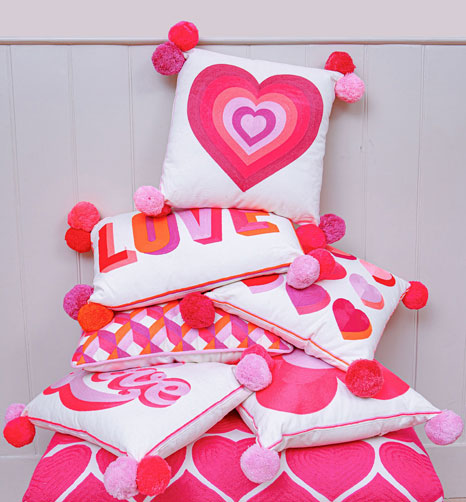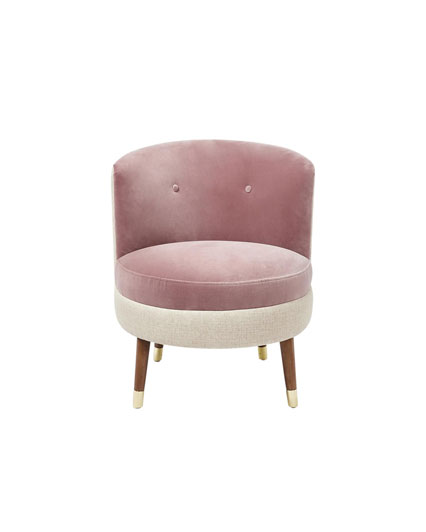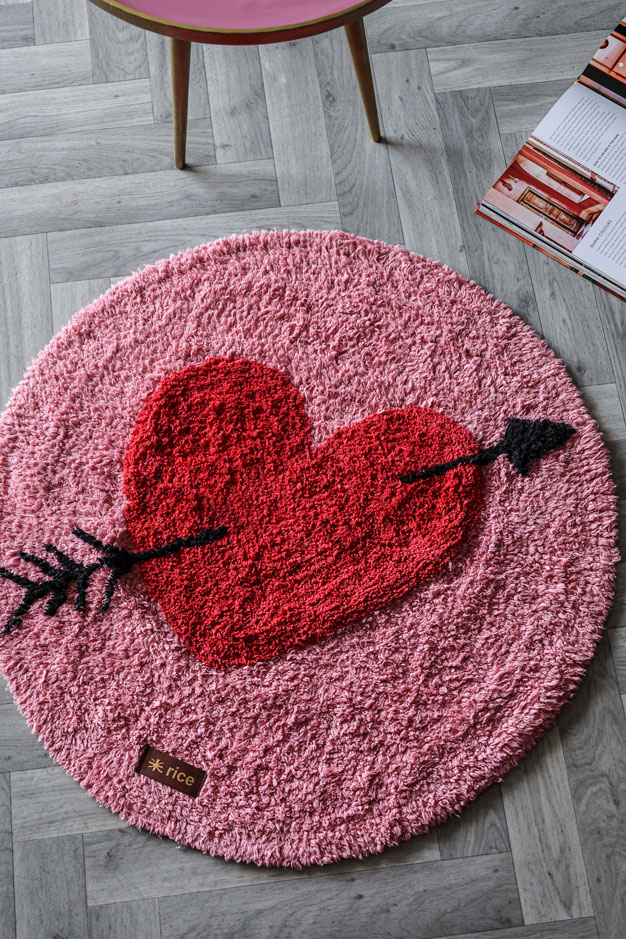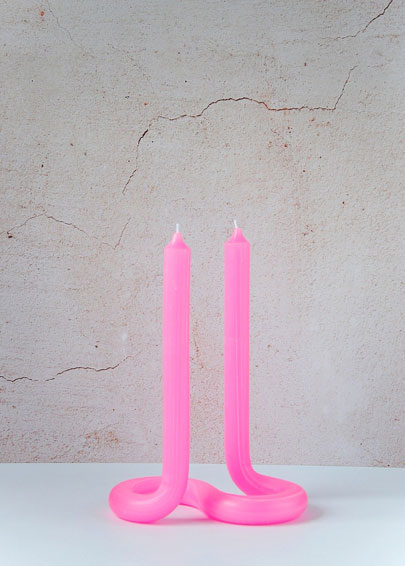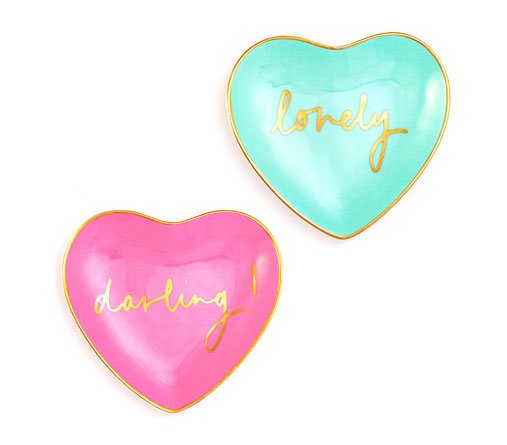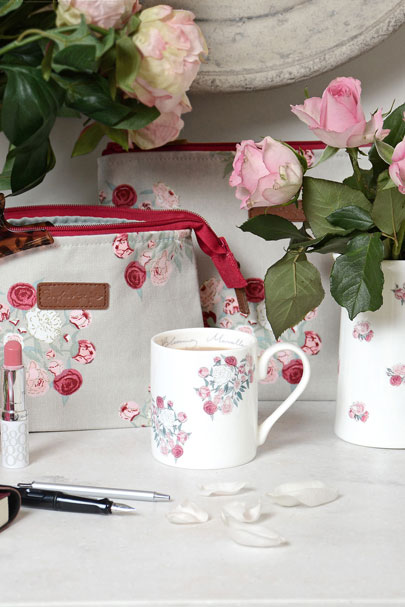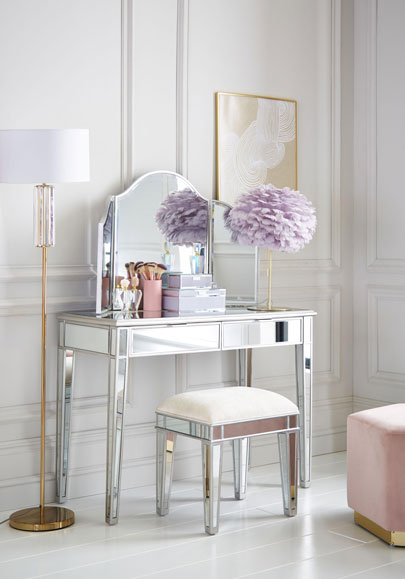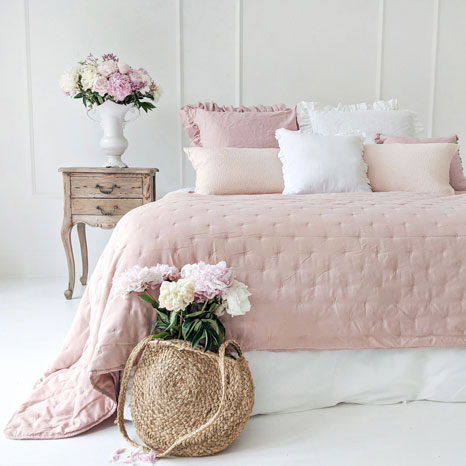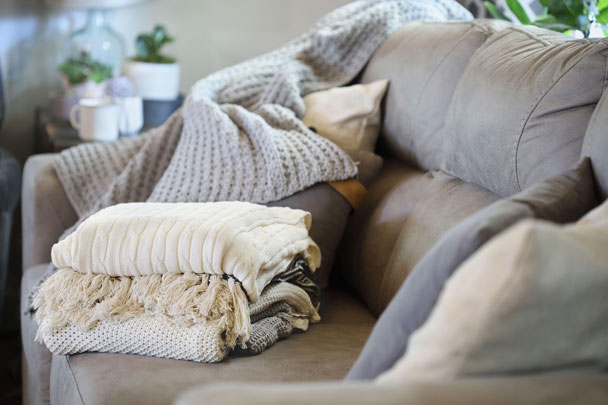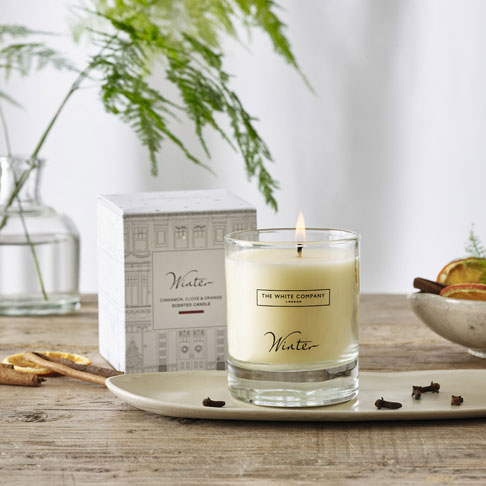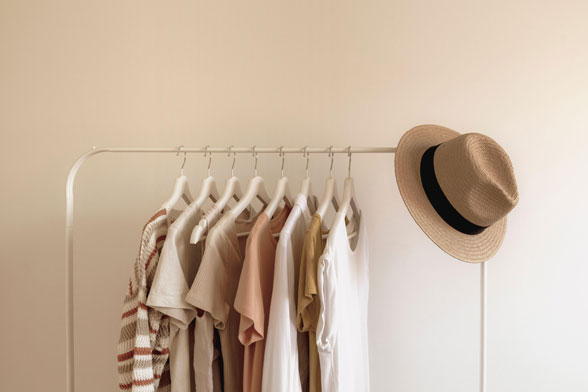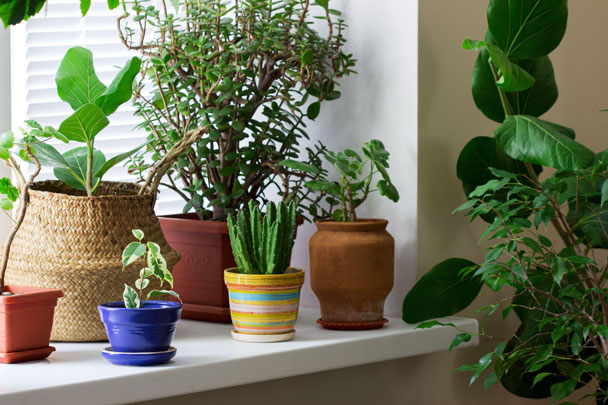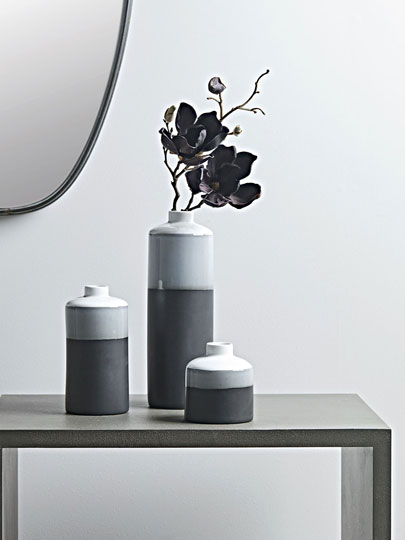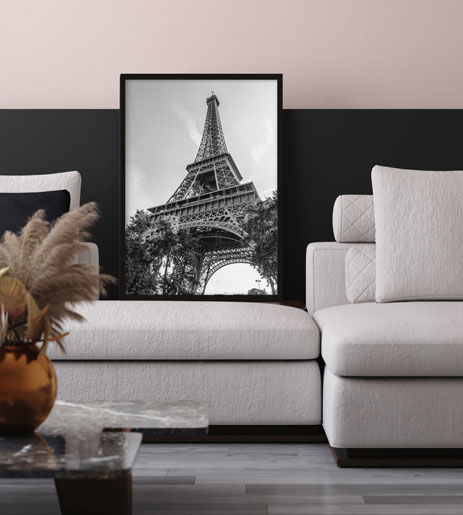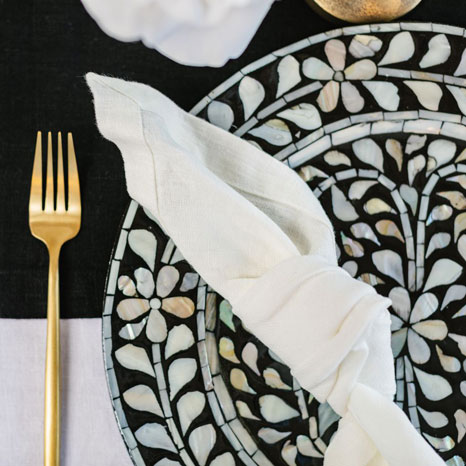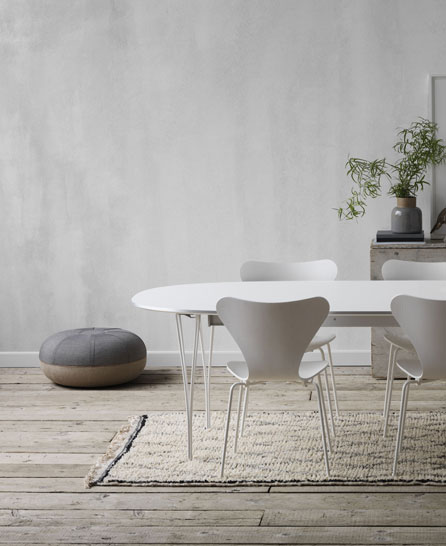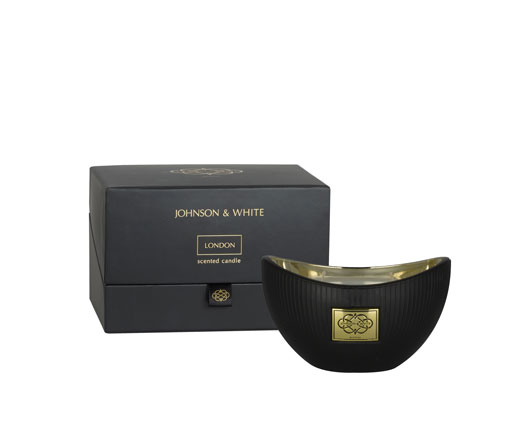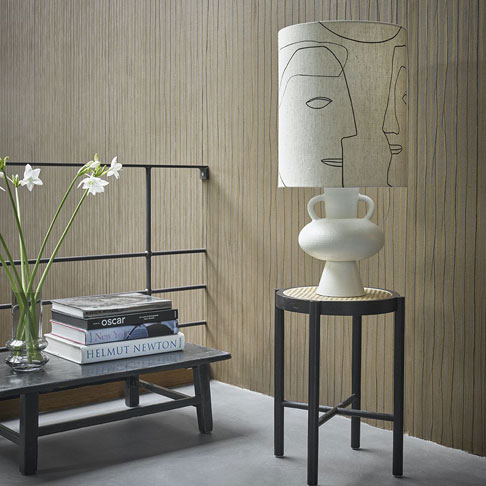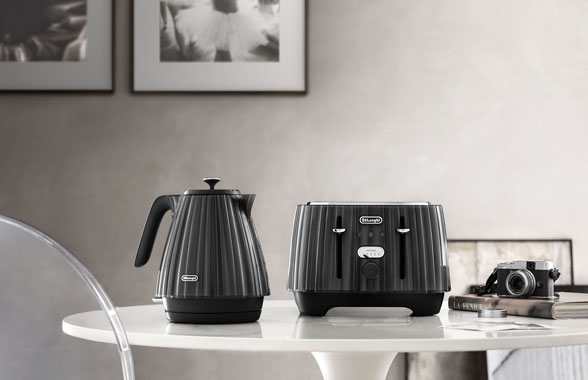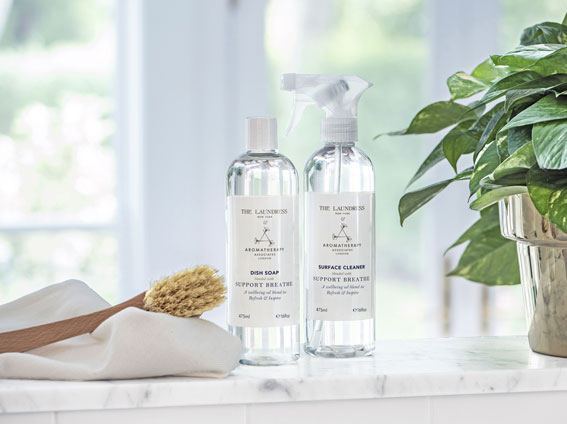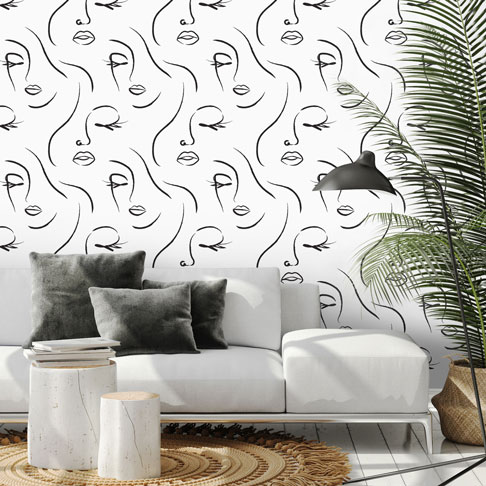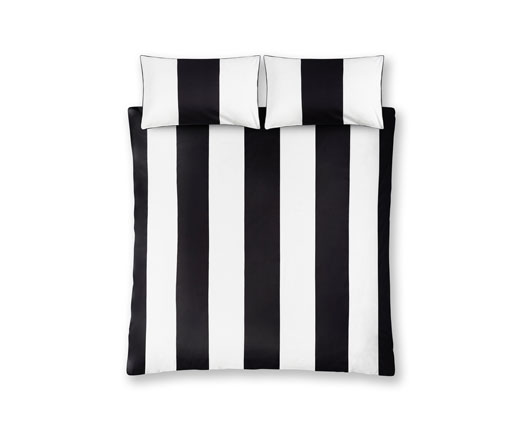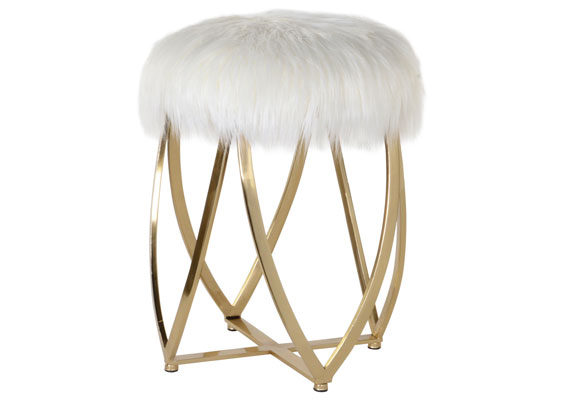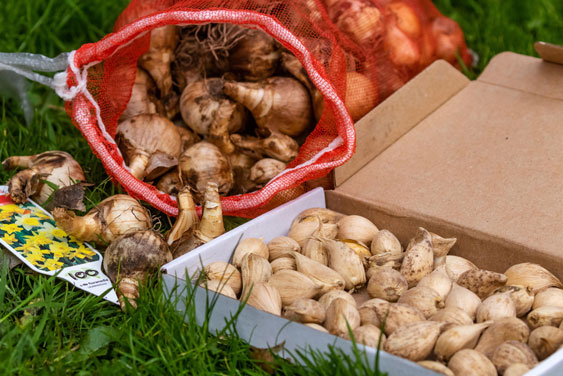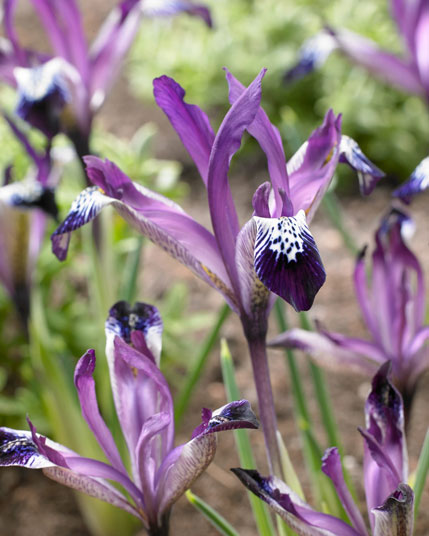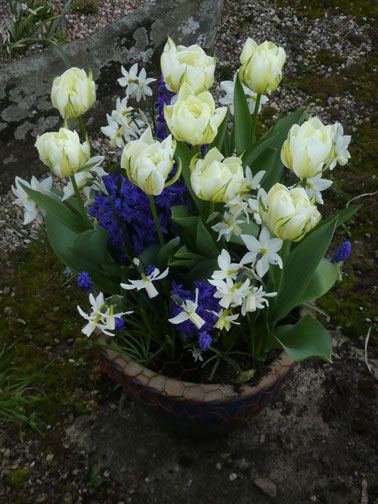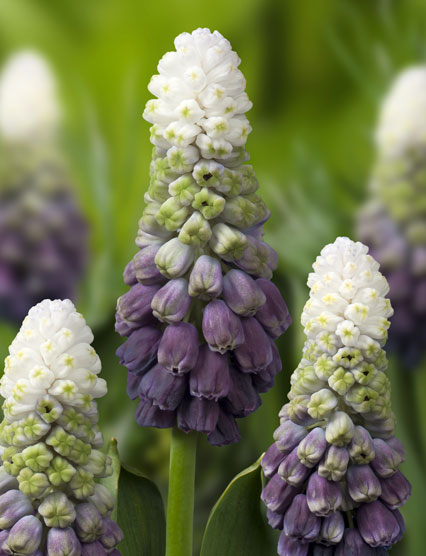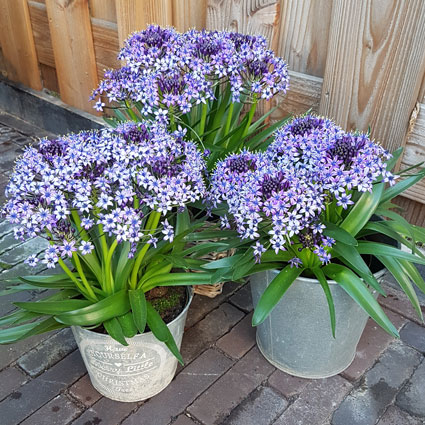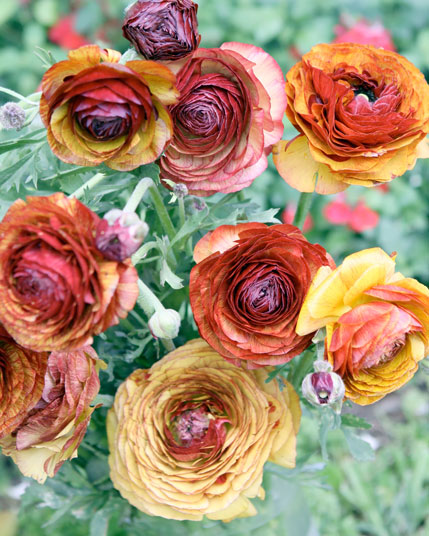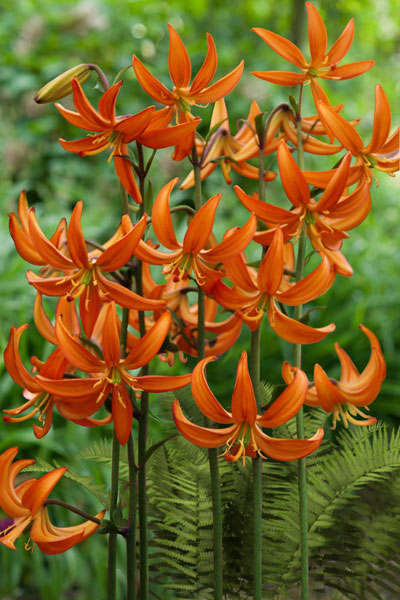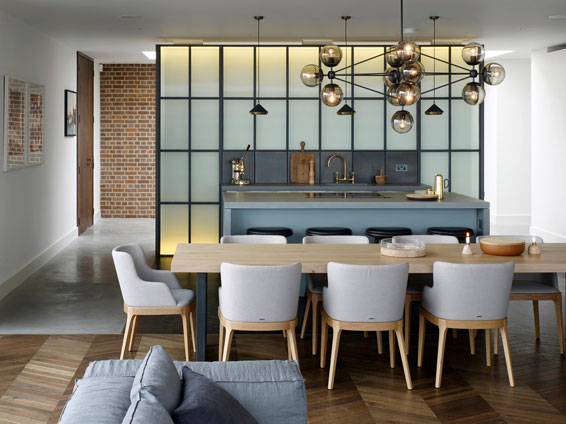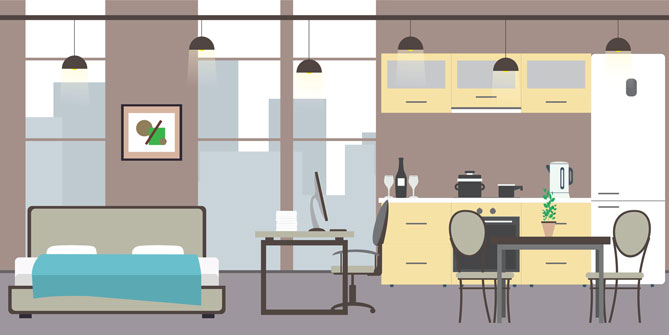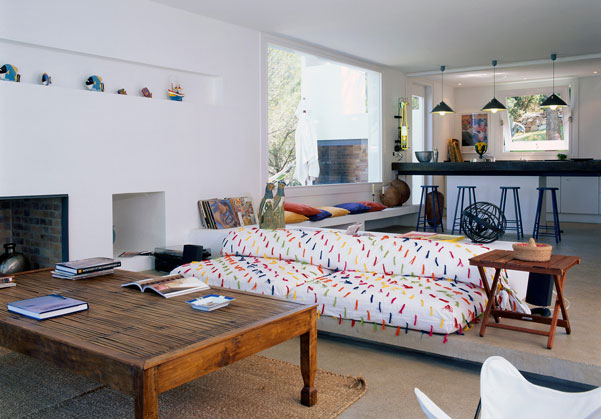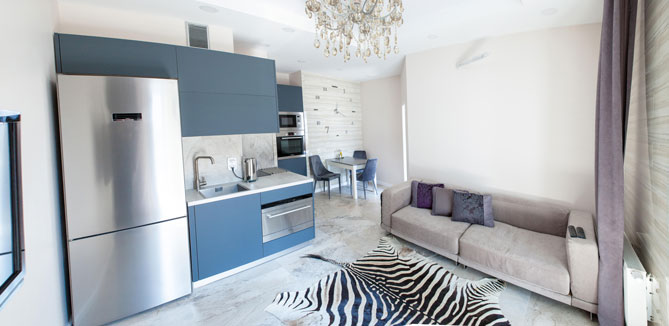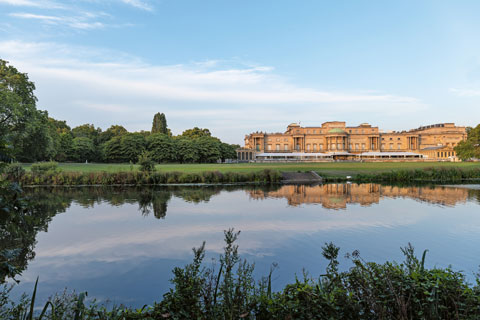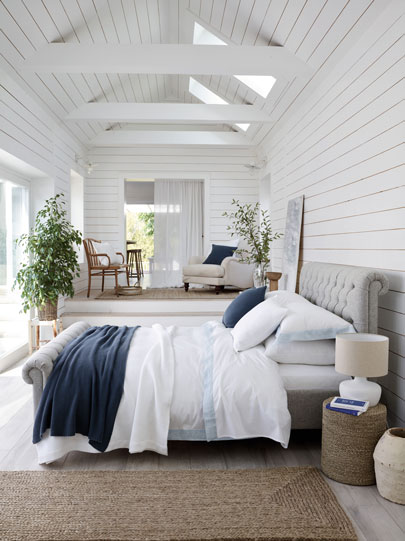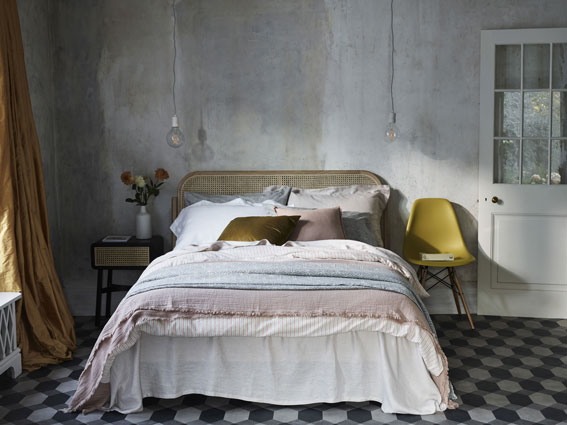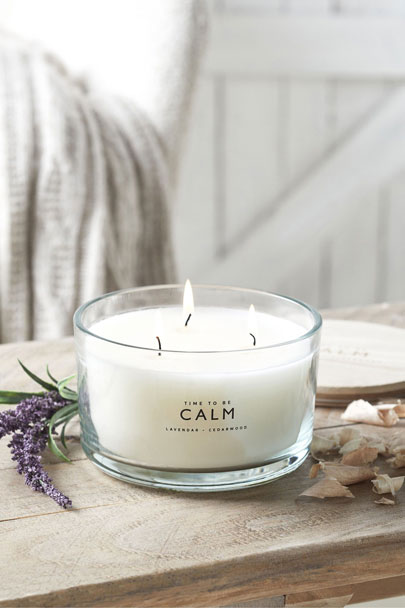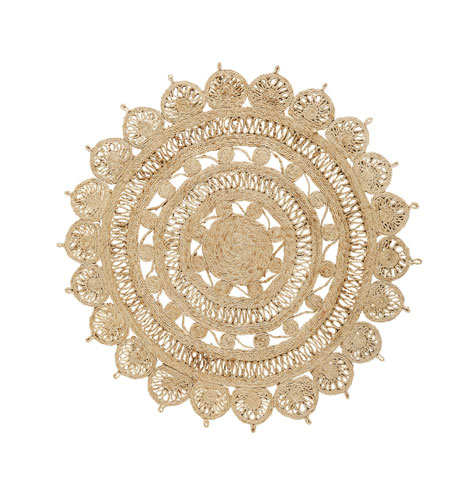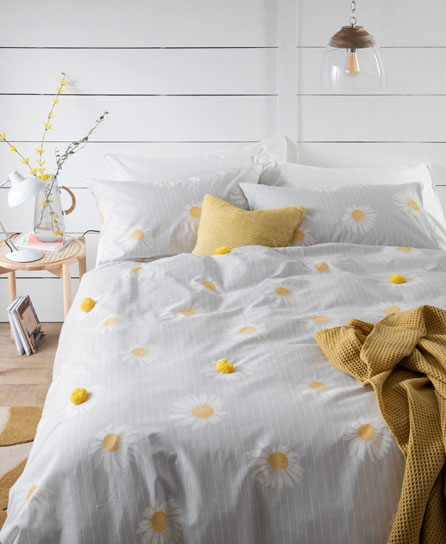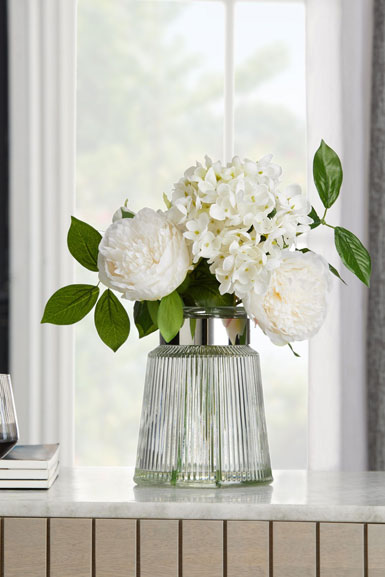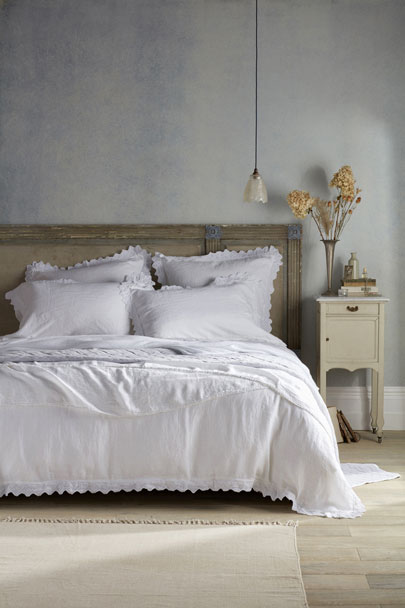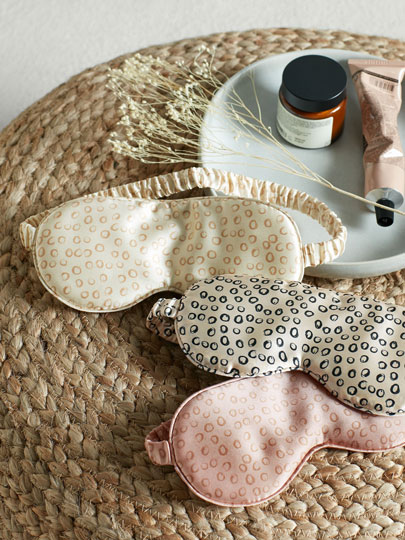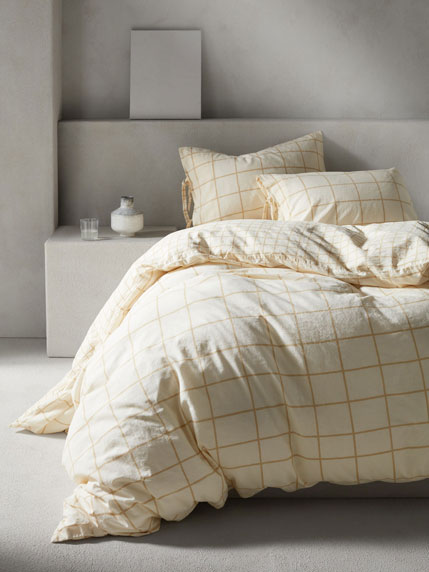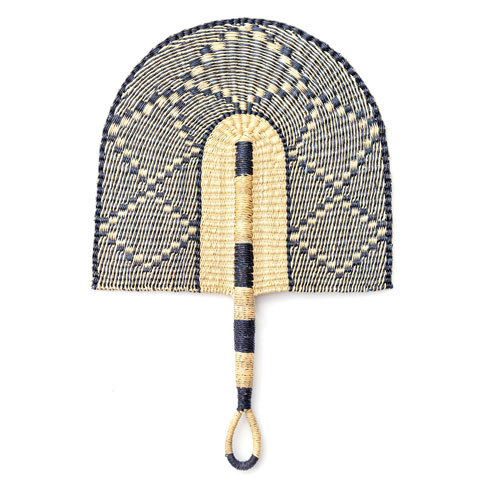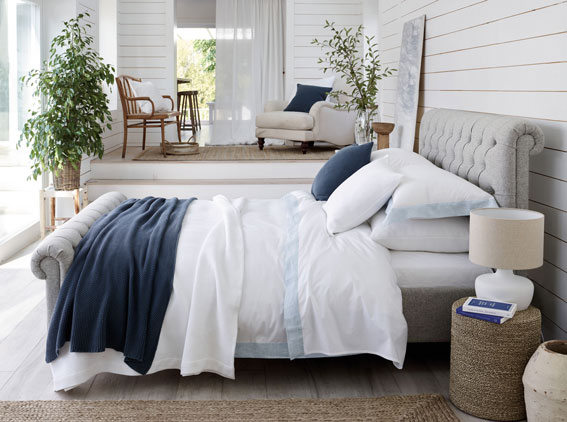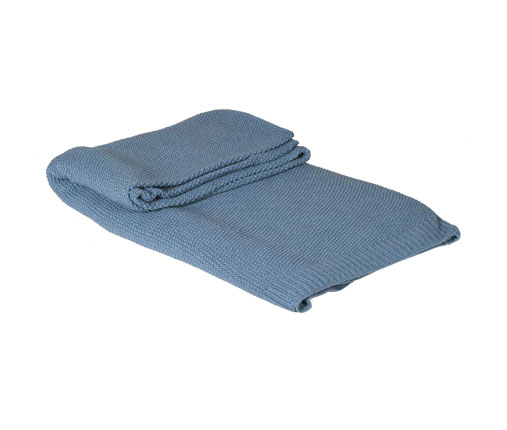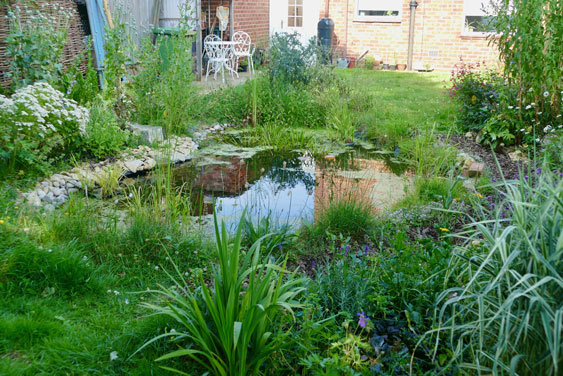These quick fixes are cost-effective and can be done in less than an hour, says Sam Wylie-Harris.
Short on time but big on style?
Want to make some home improvements without getting bogged down with a DIY project you may live to regret? Or just fancy a fast fling with a drill, paintbrush or tired piece of furniture?
These small tweaks and bijoux projects can change the feel of your home and breathe new life into your furnishings, four walls, windows, and generally help clean up your act.
Indeed, some are so bite-sized, you’ll still have time for a quick snack…
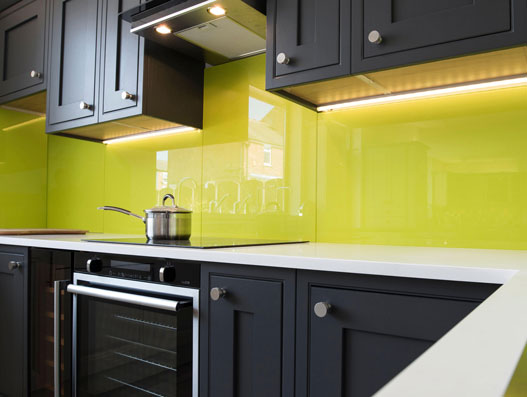
1. Give outdated cabinetry an upgrade
“Switching out your standard handles for something more luxe can transform an inexpensive kitchen, to one that feels stylish and bespoke, says Jenna Choate, co-founder of Interior Fox.
Easier than you might think, Choate says they usually come in a standard size, which means the handles and hinges can be unscrewed and replaced using the existing screw. “Warm up the finishes with brass, or opt for matt-black for a contemporary look that feels sleek and modern.”
Depending on your budget, along with online shopping sites such as Amazon, check out Plank Hardware, who have a great selection of door knobs in brass, matt black, satin nickel, pink and blue, which can be paired with their door handle collection.
Suitable for kitchen cabinets, drawers and dressers, prices start from as little as £6.95 (per knob), and come with M4 4 x 25mm machine screws for easy installation.
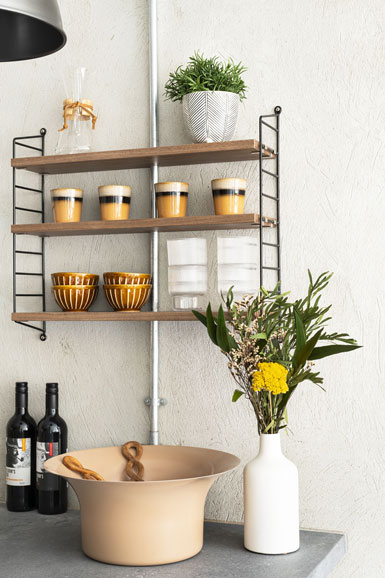
2. Add open shelving to a blank wall
“There are some quick and simple ways to update your kitchen that won’t require much time, budget or skill,” suggests Choate. “If you’re looking for a way to bring a sense of style into a bare kitchen, consider adding open shelving to a blank wall.
“Use this area to stack artisanal bowls and cups, as well as your favourite jugs, or decant dry goods into glass storage jars and canisters, from pasta and rice, to nuts or spices. The key thing here is to not over clutter the space, keep the items to a minimum for a look that feels both practical and stylish.”
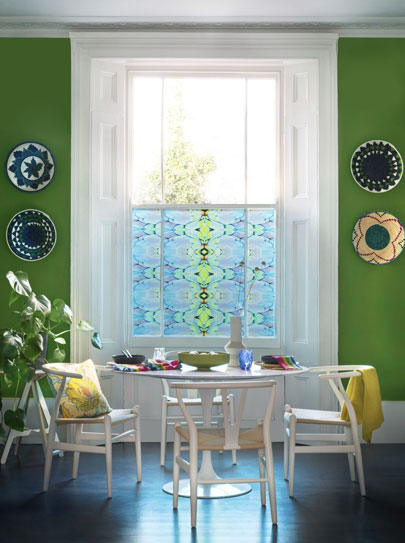
3. Add some extra wow-factor to windows with a decorative film
Whether you’re living in the home of your dreams or are a first-time buyer, not all of us are lucky enough to have a room with a view.
It might be light and bright, but if there’s a tiny snag when you look out, a decorative window film could be the answer, such as this Feathers Printed Window Film, priced from £11.50, Purlfrost.
“Made-to-measure and assembled in minutes, this easy update offers complete privacy to onlooking neighbours and a fuss-free alternative to sheers or shutters,” says Joanna Baumard, co-founder of Purlfrost.
“With a wide choice of designs to choose from, you can really let your personality shine through,” says Baumard. “Opt for a bold floral or abstract pattern to create a design statement, or for those looking for something a little more understated, a delicate frosted design.”
Easy to apply in minutes, they send detailed instructions and a tool kit with each order, making it as simple and stress-free as possible. “You’ll be amazed how easy this DIY job is and how it completely revamps any room in the house in just a few minutes,” she adds.
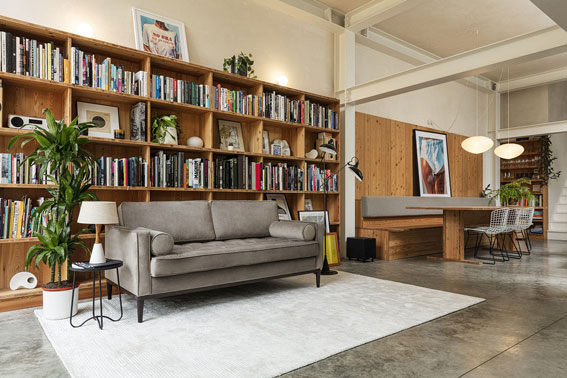
4. Re-arrange your book shelves
You don’t need to be a bookworm to get the ‘bookshelves look’ but it helps. Otherwise, charity shops are great hunting ground and will add some bookish appeal to forgotten corners of the room, or create a wonder wall with statement shelving.
As Kelly Collins, interior designer and head of creative at Swyft points out: “Bookshelves are becoming an interior design staple. Versatile, customisable and cheap, they are a great way to inject a bit of extra personality into your home.
“If your home needs a revamp, or you’re simply changing up your interiors, a quick lunch-time job is rearranging their decor. It might seem simple, but there’s so much to be done with the contents of your shelves.”
For a calming, organised appearance, she says to colour code your books. “This is a Pinterest-inspired decor tip that makes your shelving unit look cohesive, yet playful.
“Alternatively, move your ornaments around, playing with placement and position. If you have something you particularly like, choose this as the focal point and build your design around it.”
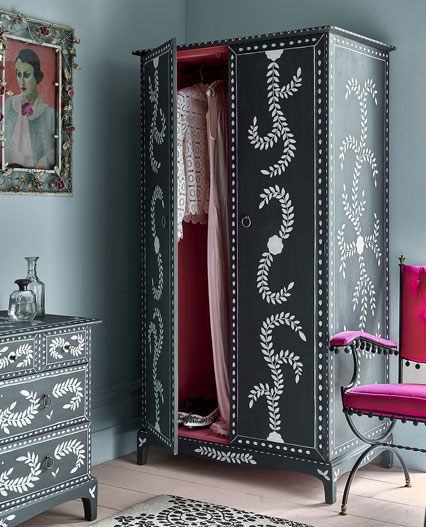
5. Be creative with colour and broaden you paint prowess
We all know a lick of paint can do wonders for our interiors. But how about painting something that’s special to you? That little jolt of happiness when you paint the inside of a wardrobe housing your favourite frocks, or painting something you’ve salvaged from a skip, can make all the difference.
A great go-to is Annie Sloan’s Chalk Paint (from £23.95 per litre) which can be applied to most surfaces – wood, metal, laminate – for a velvety matt finish without the hassle of priming or sanding, so saving time with brilliant results.
For a lustrous finish – save this for another lunch hour – top your Chalk Paint brushstrokes with her Pearlescent Glaze (from £13.95 for 250ml) for a lovely, light reflecting shimmer.
Also, try switching up your colour scheme to brights or pretty pastels. YesColours is a brand new eco paint company with fully recyclable packaging sold from one litre pouches, priced £21, so easy to handle for small jobs.
Or think timeless and calming, aka sage green – the new neutral in the world of interiors.
“Sage greens, beiges and greys are a great way to bring the outside in, and with a combined monthly search volume of nearly 200k, you’ll be right on trend for 2022,” says Jo Winston, sales director at St Modwen Homes.
“Plus, grabbing your paintbrushes is a relatively quick and simple option if you’re looking for a refresh.”

